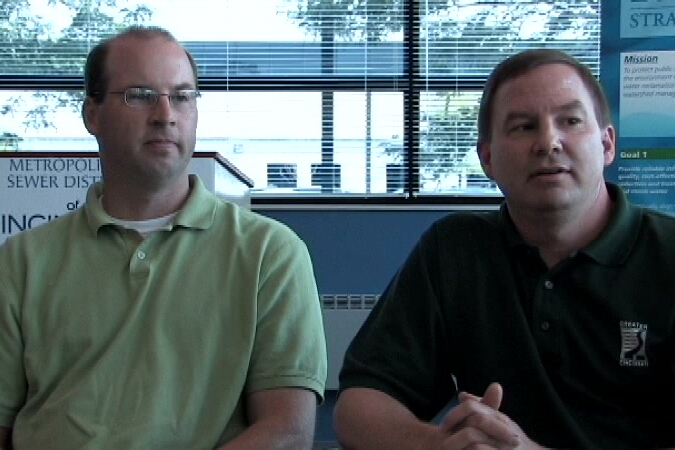6.4 Run To Failure
For low risk assets, the most economical option may be to allow the asset to fail. This allows the full life span of the asset to be achieved. This management strategy is called "run to failure." You are choosing to let the asset run until it fails, at which time you will repair, rehabilitate, or replace it.
There are two categories of medium risk assets. The first category is high probability of failure but low consequence of failure and the second is low probability of failure but high consequence of failure. In the first case, these assets can be run to failure because the consequence is low. Since these assets are likely to fail, in the process of managed failure, the utility should be prepared for the repair or replacement of the asset. In the second case, the asset failure has high consequences. These assets are not generally ones that should be run to failure. Failures should be prevented if possible through maintenance activities or early replacement.
The final risk category - high risk - are those assets that are very likely to fail and they have serious consequences if they do. You would not want to use a managed, run to failure option for these assets; the risk of serious consequences is too great. In addition, replacing these assets sooner can prevent other serious consequences.



